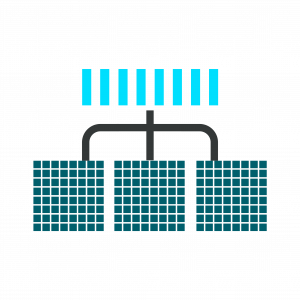8
Alex Littleton

Data aggregation is the act of linking data with other users to analyze trends and track user behavior. Data mining refers to extracting data from user activities to create a profile of individual people (Gilliom and Monahan, 2013). As with all methods of surveillance, data aggregation and mining can have some serious implications surrounding privacy. Data aggregation and mining deal directly with obtaining user data through methods of surveillance through monitoring credit card transactions, internet search history, social media use, etc. and linking that data with other users to track their behavior. This could result in an organization or company having power over others, particularly when companies obtain individuals data in order to try and sell products and services to them (Gilliom and Monahan).
References
Al-Saggaf, Y., & Islam, M. (2015). Data mining and privacy of social network sites’ users: Implications of the data mining problem. Science & Engineering Ethics, 21(4), 941-966. https://doi.org/10.1007/s11948-014-9564-6
Gilliom, J., & Monahan, T. (2013). SuperVision: An introduction to the surveillance society. Chicago, IL: University of Chicago Press.
Maheshwari, S. (2018, October 23). This thermometer tells your temperature, then tells firms where to advertise. The New York Times. Retrieved from https://www.nytimes.com/2018/10/23/business/mediafever-advertisements-medicine-clorox.html
Smart agriculture market is likely to register a 13.50% CAGR between 2017 and 2025, projects TMR. (2018, October 23). Digital Journal. Retrieved from http://www.digitaljournal.com/pr/3992890
